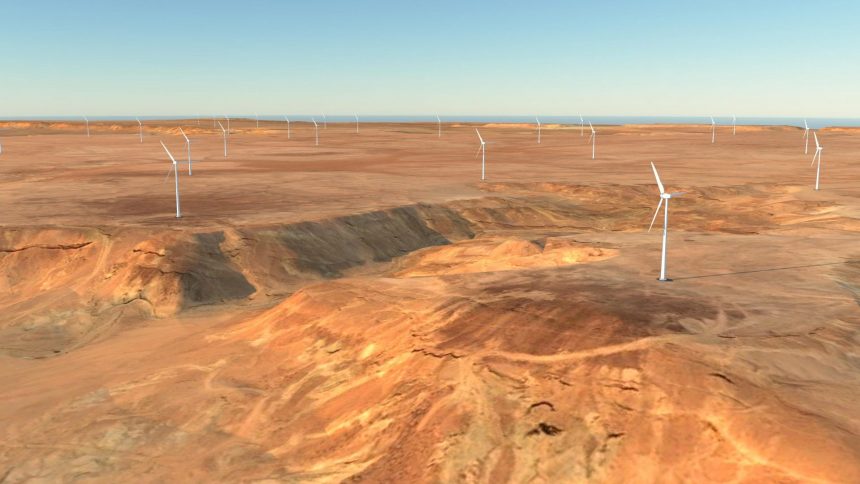In recent years, the Middle East has positioned itself as a key player in the realm of renewable energy, particularly focusing on harnessing the potential of wind power to diversify its energy portfolio and reduce its reliance on traditional fossil fuels. Despite its association with oil reserves, countries across the region have made significant investments in wind energy infrastructure, leading to the establishment of some of the largest wind farms globally. Here are some of the most notable wind projects in the Middle East:
1. Dumat Al Jandal Wind Farm, Saudi Arabia: Located in the Al Jouf region of north-western Saudi Arabia, this wind farm is a joint venture between EDF Renewables and Masdar. With a capacity of 400 MW, it stands as the largest wind farm in the Middle East, powered by 99 turbines supplied by GE Renewable Energy.
2. Al Rajef Wind Farm, Jordan: Boasting a capacity of 117 MW, this wind farm in Jordan comprises 34 turbines provided by Vestas, playing a crucial role in the country’s efforts to enhance energy security through renewable sources.
3. Al Marmoom Wind Farm, United Arab Emirates: Positioned in the Al Marmoom desert of Dubai, this wind farm has a capacity of 100 MW and features 30 turbines from Siemens Gamesa, aligning with Dubai’s vision to become a global clean energy hub.
4. Ma’an Wind Farm, Jordan: Located in the Ma’an Governorate, this wind farm has a capacity of 86 MW, showcasing Jordan’s dedication to sustainable development and economic growth.
5. Gilboa Wind Farm, Israel: Situated on the slopes of Mount Gilboa, this wind farm in Israel has a capacity of 169 MW and significantly contributes to the country’s clean energy objectives and carbon footprint reduction.
6. Tafila Wind Farm, Jordan: With a capacity of 117 MW, this wind farm in the Tafilah Governorate aids Jordan in reducing its dependence on imported fossil fuels and meeting its energy demands sustainably.
7. Alta’ir Wind Farm, Saudi Arabia: This pioneering wind farm in northwest Saudi Arabia has a capacity of 50 MW and assists the country in achieving its renewable energy and economic diversification goals.
Even though geographically located in North Africa, the Jbel Sendouq Wind Farm in Morocco is worth mentioning for its impact on renewable energy in the region. With a capacity of 115 MW, it plays a significant role in Morocco’s renewable energy targets and efforts to combat climate change. Additionally, plans for new wind farms in Bahrain by Masdar and Oman’s Harweel Wind Farm further highlight the region’s commitment to sustainable energy practices.






